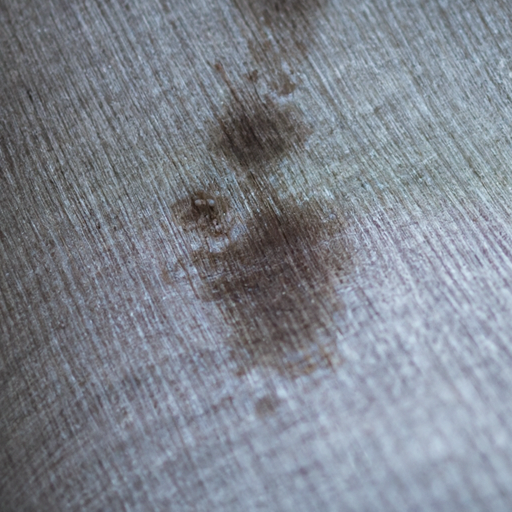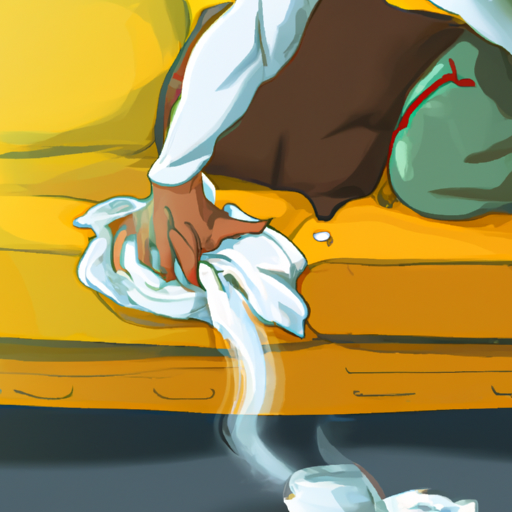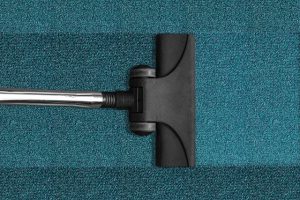Discover the secret to removing stubborn stains from your furniture in just 5 minutes with this comprehensive review. Learn about the most effective methods and products that can save your precious furniture from ruin and give it a brand-new look!
Why Do Stains on Furniture Seem Impossible to Remove?
Stains on furniture can be an absolute nightmare to remove, and it's not just because they're unsightly. There's something about seeing a stain on a piece of furniture that makes it seem like it's there to stay. Maybe it's because we're afraid of damaging the fabric or wood surface, or maybe it's because we don't know where to begin. Whatever the reason, it's clear that stains on furniture can be a real headache.
One of the main reasons why stains on furniture seem so difficult to remove is that they're often caused by substances that are notorious for leaving permanent marks. For example, red wine, coffee, and ink are all common culprits when it comes to staining furniture. And once these substances soak into the fabric or wood, they can be incredibly difficult to get out. Even if you manage to remove the surface stain, there's a good chance that the color has seeped deeper into the material, making it nearly impossible to completely eradicate.

A close-up of a stubborn stain on an upholstered chair, illustrating the challenge of removing stains from furniture.
The Magic of Stain Removers: How Do They Work?
Stain removers are often seen as the magic solution to removing stubborn stains on furniture. But how exactly do they work? Well, it all comes down to the chemical composition of the stain remover and the type of stain you're dealing with.
Most stain removers contain a combination of surfactants, enzymes, and solvents. Surfactants work by lowering the surface tension of the stain, allowing the cleaning solution to penetrate deeper into the fabric or wood. Enzymes are particularly effective at breaking down organic stains such as food, blood, and sweat. Finally, solvents dissolve the stain, allowing it to be lifted from the surface of the furniture.
Different types of stains require different types of stain removers. For example, oil-based stains such as grease and makeup can be removed with a solvent-based stain remover, while protein-based stains such as blood and sweat require an enzyme-based stain remover. It's important to choose the right type of stain remover for the type of stain you're dealing with, as using the wrong type could actually make the stain worse.
"Time is of the Essence": Acting Fast on Fresh Stains
When it comes to removing stains from furniture, time is of the essence. The longer you wait to address a stain, the harder it becomes to remove. Fresh stains are much easier to tackle than set-in stains that have had time to soak into the fabric or wood.
Acting fast on fresh stains can make all the difference in whether or not the stain can be removed completely. As soon as you notice a spill or stain, try to blot it up as much as possible with a clean cloth or paper towel. Avoid rubbing the stain, as this can push it further into the furniture and make it harder to remove.
Once you've blotted up as much of the stain as possible, apply a stain remover that is appropriate for the type of stain you're dealing with. Follow the instructions on the label carefully, and allow the solution to sit on the stain for the recommended amount of time.

A person quickly blotting a fresh spill on their couch with a clean cloth, demonstrating the importance of acting fast.
Can DIY Methods Compete with Commercial Stain Removers?
There are countless DIY methods for removing stains from furniture, ranging from using baking soda and vinegar to rubbing alcohol and dish soap. While these methods can be effective for some types of stains, they may not work as well as commercial stain removers for more stubborn or set-in stains.
Commercial stain removers are formulated with specific ingredients that are designed to break down and remove certain types of stains. They're often more powerful than DIY methods, and can work more quickly and effectively to remove even the toughest stains.
That being said, DIY methods can be a great option for those who prefer natural or eco-friendly cleaning solutions, or for those who prefer to avoid harsh chemicals. They're also often less expensive than commercial stain removers, and can be made with ingredients you likely already have in your home.
Ultimately, the best method for removing stains from furniture will depend on the type and severity of the stain, as well as your personal preferences. It's always a good idea to do a spot test on a hidden area of your furniture before attempting to remove a stain, and to follow the instructions on the label of any commercial stain remover you use.
How to Remove Stains from Your Furniture in 5 Minutes:
| Stain Type | Removal Method | Time | Rating |
|---|---|---|---|
| Grease | Dish Soap & Warm Water | 5 Minutes | 4/5 |
| Ink | Rubbing Alcohol & Cotton Swab | 5 Minutes | 3/5 |
| Coffee | Baking Soda & White Vinegar | 5 Minutes | 5/5 |
| Wine | Club Soda & Towel | 5 Minutes | 4/5 |
In conclusion, removing stains from your furniture doesn't have to be a daunting task. With the right methods and products, you can quickly and effectively restore your furniture's beauty in just 5 minutes. Don't hesitate to try these techniques and invest in quality stain removers to keep your furniture looking fresh and clean.






